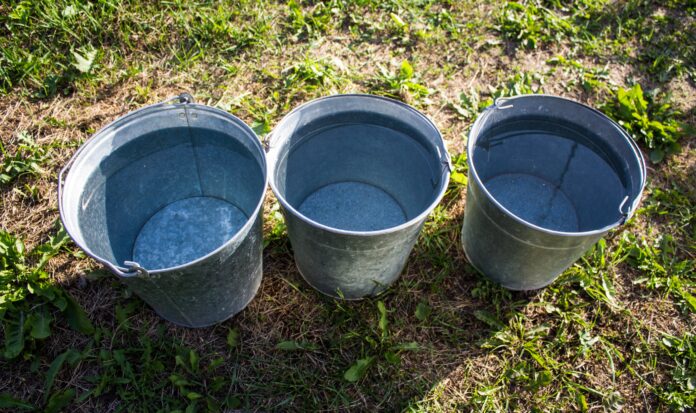By Samantha Compton
Last month, I introduced Principles #2 and #3 of the 5 Principles of Financial Planning:
Principle #2: No investment decisions outside the context of the plan
Principle #3: The plan determines the products
As a quick review, Principle #2 means just what it says. Do not make ANY investment decisions without having and referencing a comprehensive financial plan.
Principle #3 points us back to the PURPOSE of the funds in order to determine exactly what kinds of investment products to use to accomplish that purpose.
I often hear from potential clients or those attending the retirement planning class that I teach that they have received advice from family, friends, or co-workers on how to invest. The advice ranges from “keep it all in cash because the market is too risky” to the other end of the spectrum with “buy cryptocurrency.” It seems everyone always has an opinion on investing. However, it is rare is for someone to ask more questions of the person they are advising. I’ve yet to hear that someone was asked, “well, what are you trying to accomplish with that investment?” Or, “what are those funds dedicated to providing for you?”
And yet, the answers to those questions are the very keys to making sure the financial products used are a good fit.
Today, I want to introduce a unique Three-Bucket Approach that I teach my clients to assess their finances with. This approach makes it much easier to apply both Principle #2 and Principle #3 that I’ve referenced above. You should always address the buckets from left to right:
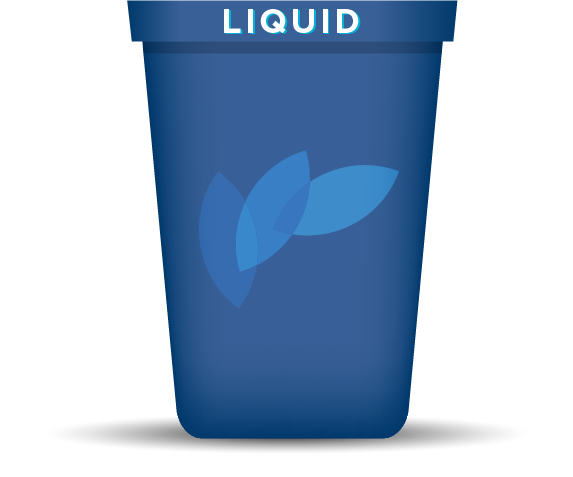
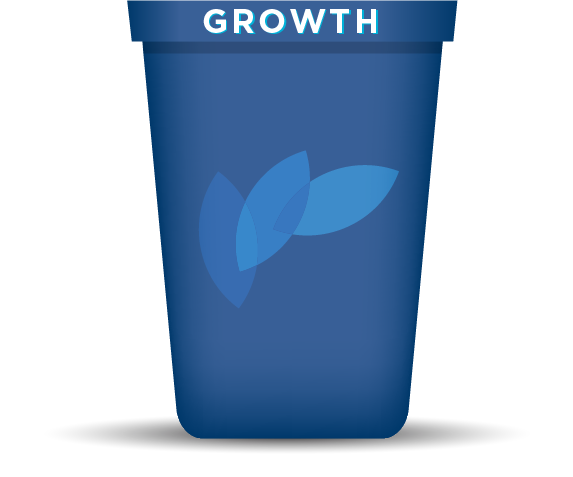
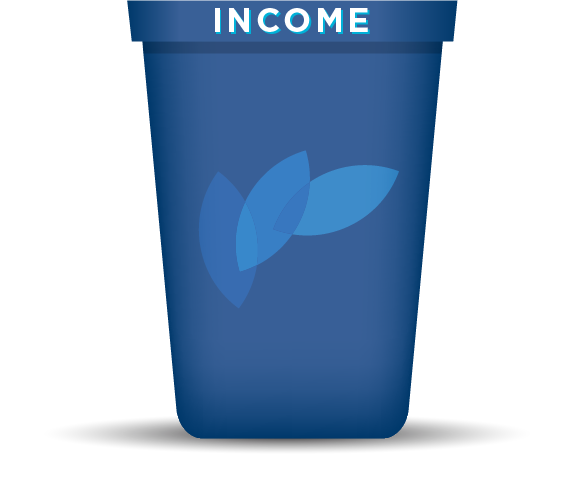
LIQUID BUCKET INCOME BUCKET GROWTH BUCKET
LIQUID BUCKET: This is the first bucket to fund adequately. The money set aside in this bucket is for an emergency fund that would cover 3-6 months’ worth of living expenses. It also contains funds earmarked for any major known expense or purchase within the next 3-5 years. An example of this would be a need to replace a heating/cooling system or perhaps a roof. Or, maybe you have a special family vacation planned within the next three years. These funds should be primarily kept liquid and safe so that they are always available when needed. They may not earn much interest in the meantime, but that isn’t their job. Their job is to be available. Remember, having sufficient cash on hand is important, but not too much cash. If you keep too much money on hand, you’ll lose spending power for the future due to inflation. This bucket should be kept at an intentional amount, not motivated by fear but rather by purpose.
INCOME BUCKET: This is the next bucket to be evaluated, especially if within 5-10 years of retirement. If someone is outside of that window, they can skip over this one for now.
Those 5-10 years from retirement will get more insight when we get to Principle #5. For now, just know that any funds used to create income for the retirement years are considered part of this bucket. Whatever investment is funding the Income Bucket should be regarded as NOT LIQUID. That is because if any of these assets are used for any other purpose, the income they generate will be reduced. The goal should also be to use the least amount of assets necessary to create the income needed. Why? Because you want the maximum amount of assets available for the next bucket.
GROWTH BUCKET: Any funds not dedicated to the Liquid or Income Buckets will be considered part of the Growth Bucket. This bucket will fund expenses incurred at least five or more years from now. Because of this timeline, the goal for this bucket is growth. The objective is to protect spending power by staying ahead of inflation. This bucket is for future income needs, as well as larger future purchases. It will also help offset inflation, taxes, and healthcare expenses in retirement. The Growth Bucket is the one that most people are focused on building over the course of their working years.
Along with understanding Principles #2 & #3, knowing the goal for each of these buckets will provide insight into what types of investments should be used. Are the funds a part of your Liquid Bucket? Then they should be in a principle-protected, fully liquid investment. What about funds in your Growth Bucket? Since the timeline is longer than five years, the investments should be geared for growth. In targeting that growth, they should hold the least amount of risk necessary to get the desired rate of return.
Once you begin viewing your larger financial picture in the framework of these buckets, you’ll have a valuable tool for evaluating and making wiser investment decisions in the future!
Action Step:
Using the 3 Bucket Approach described above, take a look at all of your saved assets to see if you can determine which bucket they fit into in regards to your larger financial picture!
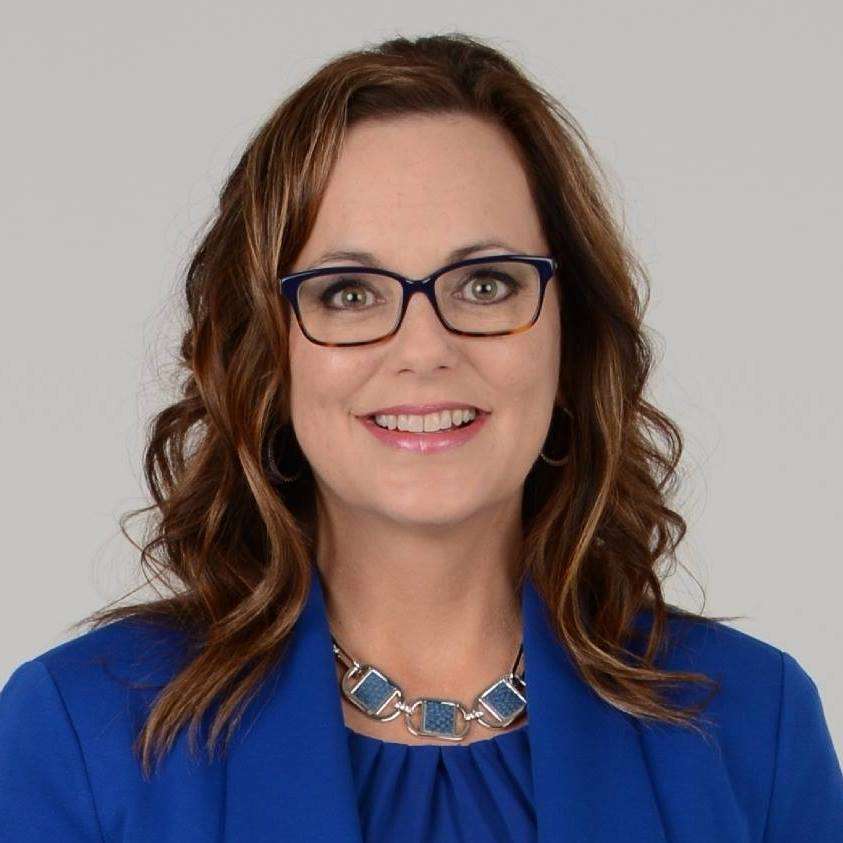
Samantha Compton is an SWSM contributor and financial advisor. She is also a Senior Financial Advisor & Women’s Investment Specialist with an SEC Registered Investment Advisor Firm in the Kansas City, MO area. She places a high value on financial education and believes it is essential for creating and sticking to a well-written financial plan!
Disclaimers:
This article is written to provide general information on the subjects covered. It is not, however, intended to provide specific legal or tax advice and cannot be used to avoid tax penalties or to promote, market, or recommend any tax plan or arrangement. Please note that Wise Wealth, LLC and its representatives do not give legal or tax advice. Consult your tax advisor or attorney for advice specific to your circumstances.

